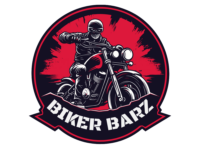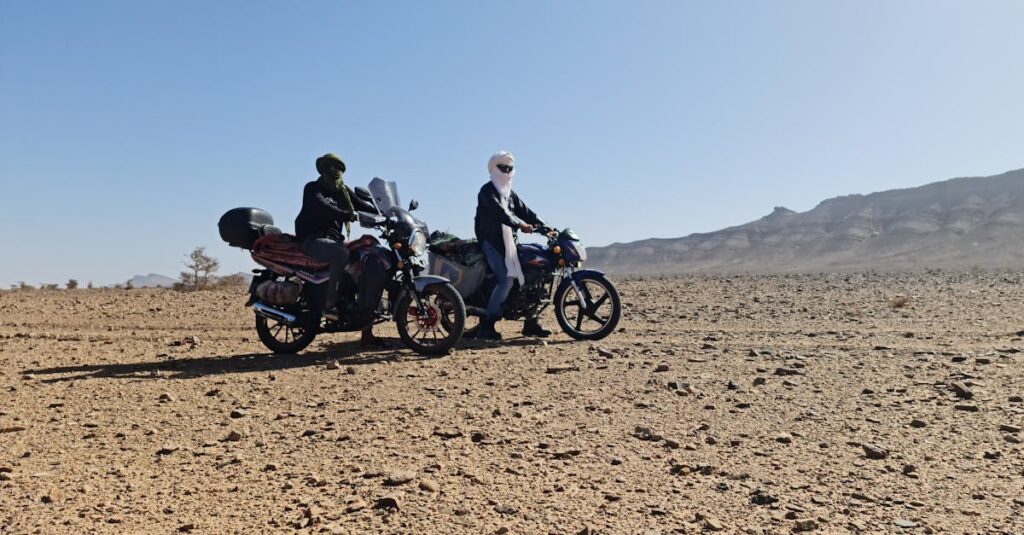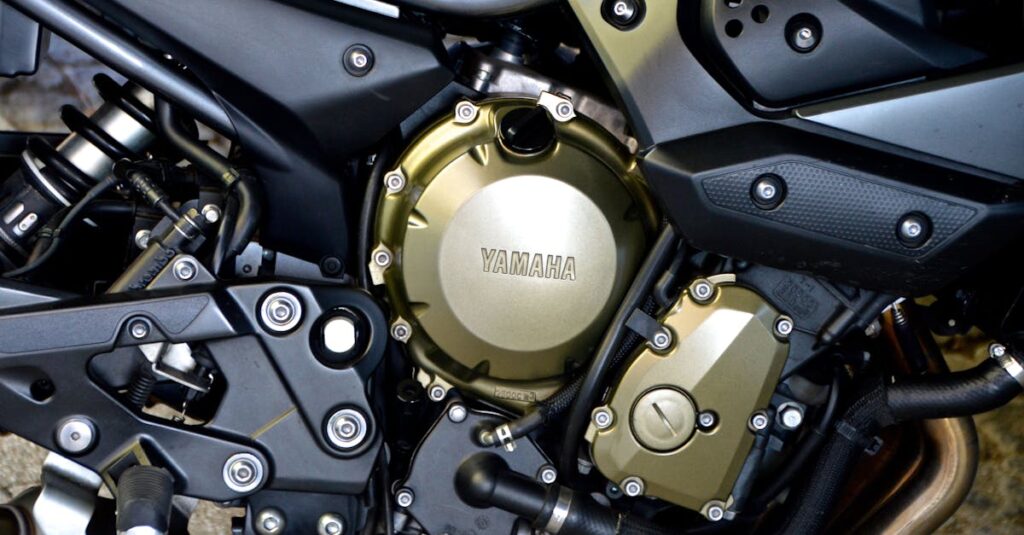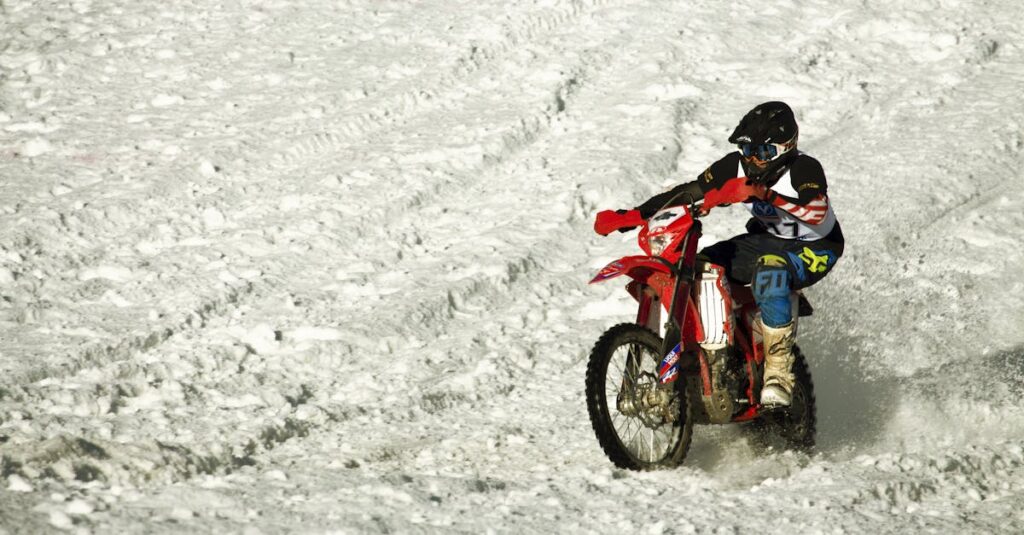Riding a motorcycle in cold weather doesn’t have to feel like an Arctic expedition gone wrong. Modern heated motorcycle gear transforms freezing rides into cozy adventures, letting riders extend their season well beyond those perfect summer days.
Gone are the days of layering up like a winter onion or doing the cold-weather wiggle dance at stoplights. Today’s heated gear combines cutting-edge technology with sleek designs to keep riders toasty from head to toe. Whether it’s heated gloves that prevent frozen fingers or jacket liners that feel like a warm hug, these innovations have revolutionized cold-weather riding.
Motorcycle Heated Gear
Motorcycle heated gear integrates advanced warming technology into riders’ apparel through strategically placed heating elements. These specialized garments distribute warmth consistently across vital body areas to maintain comfort during cold-weather rides.
How Heated Gear Works
Motorcycle heated gear operates through a network of thin heating elements woven into the fabric. These elements, made from carbon fiber or copper wire, generate warmth through electrical resistance when powered. The heating panels target key body zones: chest, back, shoulders for jackets; palms fingers for gloves; thighs calves for pants. Temperature controllers regulate heat output through multiple settings, typically ranging from 95°F to 135°F. Most modern heated gear incorporates moisture-wicking materials between the heating elements to prevent sweat buildup while maintaining warmth.
Power Sources and Battery Options
Motorcycle heated gear connects directly to the bike’s 12V battery system or operates on portable lithium-ion batteries. The bike connection method uses a simple SAE or coaxial plug wired to the motorcycle’s electrical system. Portable batteries provide 2-8 hours of heat depending on the temperature setting selected. Modern lithium-ion power packs weigh 6-8 ounces fit discreetly in gear pockets recharge in 3-4 hours. Dual-power systems allow switching between motorcycle direct connection portable battery power. The power draw ranges from 25-100 watts based on garment size heating level selected.
Essential Heated Gear Items
Heated motorcycle gear includes specific items designed to maintain warmth across different body zones during cold-weather rides. These essential pieces work together to create a comprehensive warming system for riders.
Heated Jackets and Vests
Heated motorcycle jackets integrate warming elements throughout the core body areas including chest, back, shoulders, and kidneys. Most jackets feature 3-4 heating zones with adjustable temperature controls reaching up to 135°F (57°C). Premium models incorporate moisture-wicking materials with wind-resistant outer shells to maximize heat retention. Riders often choose between full jackets or lightweight vests that fit under existing motorcycle gear.
| Jacket/Vest Feature | Typical Specifications |
|---|---|
| Heat Zones | 3-4 zones |
| Max Temperature | 135°F (57°C) |
| Battery Life | 2-8 hours |
| Heat Settings | 3-4 levels |
Heated Gloves
Motorcycle heated gloves deliver warmth to fingers, thumbs, and palms through embedded heating elements. Quality gloves combine waterproof materials with protective armor while maintaining flexibility for throttle control. Modern designs feature touchscreen-compatible fingertips, reinforced palms, and individual heating elements for each finger. Battery-powered options provide 2-6 hours of warmth with adjustable temperature settings.
Heated Pants and Socks
Heated motorcycle pants target major muscle groups in thighs, knees, and calves with strategically placed warming panels. Most pants connect directly to jacket power systems through connection points at the waist. Heated socks extend protection to toes with thin heating elements woven through moisture-wicking fabric. Advanced models offer dual-zone heating focusing on both instep and toes with independent temperature controls. Battery-operated socks provide 4-6 hours of continuous heat on medium settings.
Key Features to Consider
Selecting heated motorcycle gear requires attention to specific performance characteristics. These features determine both functionality and rider satisfaction during cold-weather rides.
Temperature Control Settings
Advanced heated gear offers multiple heat levels through digital controllers or wireless remotes. Most systems include 3-5 temperature settings ranging from 95°F to 135°F (35°C to 57°C). Premium models integrate dual-zone controls allowing separate temperature adjustments for different body areas such as chest versus back. Digital displays show battery life percentage remaining at each heat setting. Quality controllers feature large buttons operable with gloved hands while automatic temperature regulation maintains consistent warmth levels.
Weatherproofing and Durability
Heated motorcycle gear incorporates waterproof membranes with sealed seams to protect internal heating elements. Premium materials like Gore-Tex or HiPora provide protection from rain while maintaining breathability. Reinforced stitching at stress points prevents wire damage during movement. Heating elements embedded between protective layers resist impact damage. Quality gear includes water-resistant connections rated IP64 or higher for reliable performance in wet conditions. UV-resistant outer shells prevent material degradation from sun exposure.
Fit and Comfort
Heated gear combines stretch panels with ergonomic heating element placement for unrestricted movement. Adjustable straps at wrists cuffs waist create a secure fit preventing cold air infiltration. Moisture-wicking inner linings transport sweat away from skin maintaining dry comfort. Articulated joints in gloves pants allow natural range of motion without binding. Side expansion panels accommodate different body types layering needs. Soft collar materials prevent chafing at neck interfaces while elastic cuffs seal against drafts.
Installation and Setup
Installing heated motorcycle gear requires proper wiring connections and attention to power distribution for safe operation. Following manufacturer guidelines ensures optimal performance and prevents electrical system damage.
Wiring Your Motorcycle
Connecting heated gear starts with installing a power harness to the motorcycle’s battery. A direct-to-battery harness includes an inline fuse for protection against electrical surges. The main power lead connects to the positive terminal while the ground wire attaches to the negative terminal. Strategic cable routing keeps wires away from hot engine components moving parts. Most manufacturers provide quick-disconnect connectors near the rider position for convenient plugin access. Professional installation ensures proper amperage ratings for the electrical system load.
Connecting Multiple Pieces
A temperature controller unit manages power distribution to multiple heated items. Y-connectors split power between different gear pieces like jackets gloves pants. Each connection point features weatherproof plugs that lock securely to prevent disconnection while riding. Portable battery packs integrate through dedicated ports on the controller unit offering backup power options. The controller’s display indicates active connections power levels for each piece. Modern systems incorporate Bluetooth connectivity enabling wireless temperature adjustments through smartphone apps.
Safety and Maintenance Tips
Motorcycle heated gear safety requires proper battery management operational practices to maintain reliable performance in cold weather conditions.
Battery Care
Regular battery maintenance optimizes heated gear performance during cold-weather rides. Testing battery voltage before each ride confirms adequate power levels, with readings above 12.6V indicating a full charge. Clean battery terminals monthly using a wire brush to remove corrosion buildup that reduces conductivity. Installing a battery tender preserves battery life during extended storage periods. Lithium-ion battery packs require storage at 40-70% charge in cool dry conditions between 40-70°F. Check power cables quarterly for wear signs like fraying insulation exposed wires or loose connections.
Proper Usage Guidelines
Heated gear operates most effectively when worn close to the body with minimal air gaps. Connect heating elements before starting the motorcycle allowing 3-5 minutes of warmup time. Monitor battery voltage through the temperature controller display adjusting heat levels accordingly. Remove heated gear immediately if experiencing hot spots numbness or tingling sensations. Inspect all electrical connections before each ride ensuring weatherproof covers seal properly. Store gear fully dry in a ventilated area avoiding direct sunlight compression or sharp objects that damage heating elements.
Modern heated motorcycle gear stands as a game-changing innovation for riders who refuse to let cold weather limit their time on the road. The integration of advanced heating technology with thoughtful design features has created a comprehensive solution for year-round riding comfort.
Today’s riders can enjoy extended seasons and challenging conditions thanks to these reliable warming systems. With proper installation maintenance and safety practices heated gear delivers the warmth and protection needed for countless miles of comfortable riding in cold weather.
Whether it’s heated jackets gloves pants or a complete system the technology continues to evolve making cold-weather motorcycling more accessible and enjoyable than ever before.



